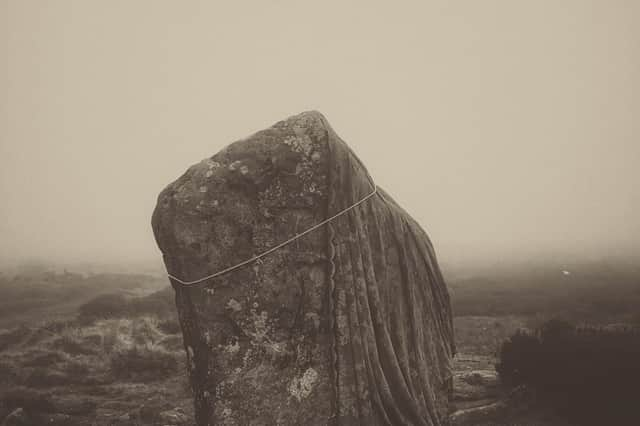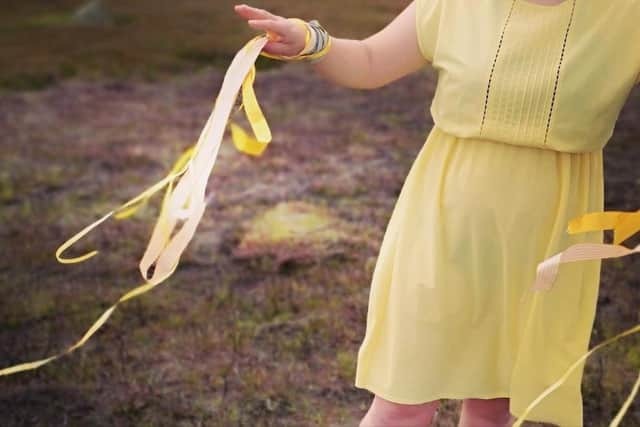New exhibition The Witches' Institution (W I) at the Tetley in Leeds explores histories and alternative futures


It was coming across an intriguing early 19th century document that inspired artist Emily Hesse’s latest exhibition.
Opening at the Tetley in Leeds today, The Witches’ Institution (WI) brings together Hesse’s sculpture, curatorial practice and PhD research for a multi-layered exercise in alternative world-building that aims to imagine what a cultural institution run by witches could be.
Advertisement
Hide AdAdvertisement
Hide Ad“I have always been interested in the folklore of North Yorkshire where I was born and grew up,” says Hesse. “One of the things that fascinated me was that there was still a lot of superstition around and certain places had superstitions attached to them. There seemed to be a really strong folk memory of the history of people who lived there.”


While conducting some research for her PhD in the archives at Ryedale Folk Museum, Hesse found a reference to the Calvert Manuscript and she began to investigate further.
“It was produced in 1823 by a father and son who collected stories about the witches who people remembered living in the area. The manuscript documents the lives of those women and the powers they were believed to have possessed – such as turning into a hare and being able to predict the future – and it also details the objects they used.”
Some of the artworks in the exhibition are replicas of those objects – they include a forecasting book, a leather charm worn under clothing, watching candles and a witch’s garter. “They offer an insight into how those women used their craft to design their own place in a male-dominated world where they didn’t have much of a role in society.”
Advertisement
Hide AdAdvertisement
Hide AdFor this project, Hesse has collaborated with writer Andrea Phillips whose research interest is in institutions and how we can reimagine the forms that cultural institutions might take. “We came together about four years ago,” says Hesse. “And we thought about how it would be if an institution was shaped by forms of magic or by trying to create your own cosmology.”


The show consists of large-scale sculptural works, experimental pieces, photography, film and sound installations creating a place that is not the stereotypical spooky hovel of Macbeth’s ‘weird sisters’ but rather a space of feminist ingenuity and many different possibilities; where social and territorial norms can be challenged. The centrepiece of the exhibition is a monumental work entitled Clag that fills the whole of the Tetley’s impressive, high-ceilinged atrium. Made of clay, a medium in which Hesse often works, Clag has very local origins.
“I collected it from around the site at the Tetley,” explains Hesse. “It is blue-gray fire clay which is 380 million years old – it looks like coal. It is such an ancient material. People will be invited to walk on the clay and encouraged to reconsider this material and our perception of it; to think about how landscape plays a part in how we design our lives and shape our societies.”
Hesse hopes the over-riding impression people come away with is a sense of tolerance and the various ways we might look to the future. “We can reconsider a lot of the beliefs conjured up by societies and especially now by social media,” she says. “We are capable of knowing our own minds and of being understanding and accepting of difference.”
At the Tetley, Leeds until September 18. thetetley.org